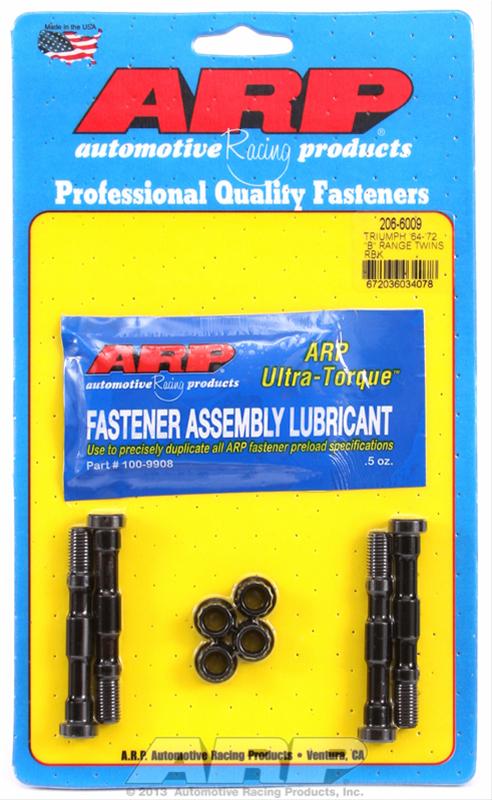SteveBorland
VIP MEMBER
- Joined
- Nov 15, 2010
- Messages
- 858
I've an old Snap-on click type which I scrounged from work - it was being chucked out since it was not possible to lock the torque setting on the assembly line. It's 45+ years old, and looks rather battered, but whenever I check it against a beam-type and with a fishing scale, it seems accurate enough. Rather surprised, though it's always kept on the lowest setting in my toolbox. No case though, and no climate control either!Don't know, but I have three (so I can always use middle of the range) 1/4 drive, 3/8 drive, and 1/2 drive. Always stored on the lowest setting per the manufacturer and always in their case and always in my climate-controlled shop. 1/4 checked against 3/8. 3/8 checked against 1/2. 1/2 checked against two old bar types.
Checked at least yearly and calibration checked about every 5 years. Way more calibrated than my arms that are becoming weaker and weaker!
Last edited:


